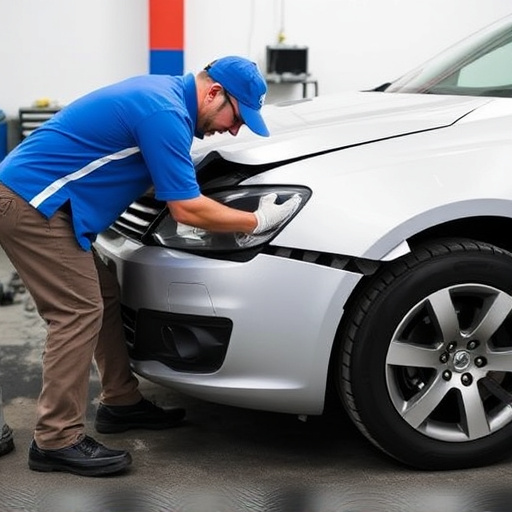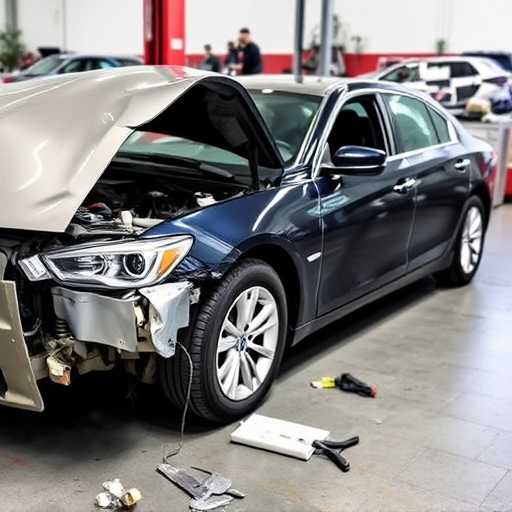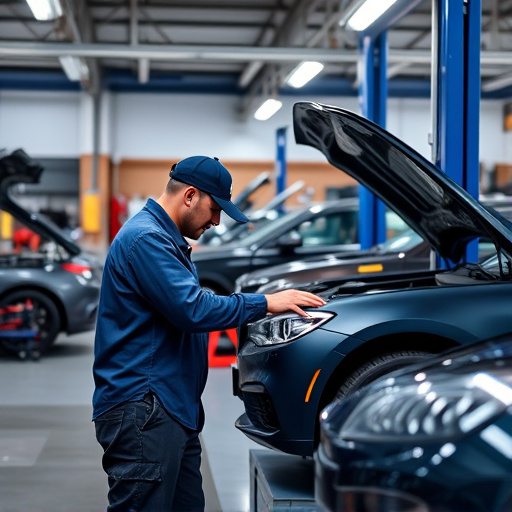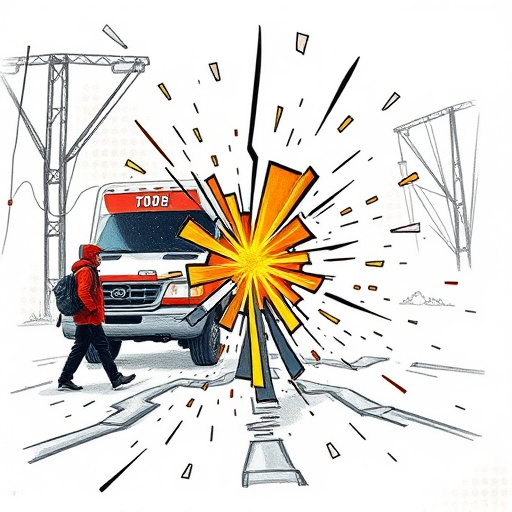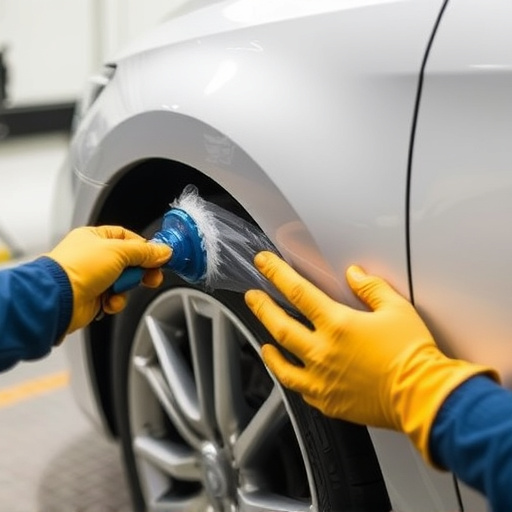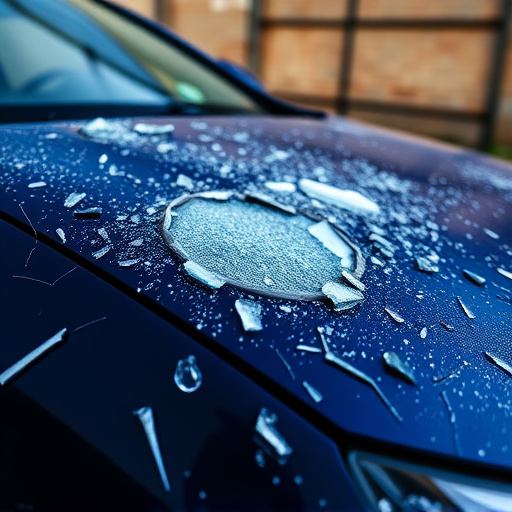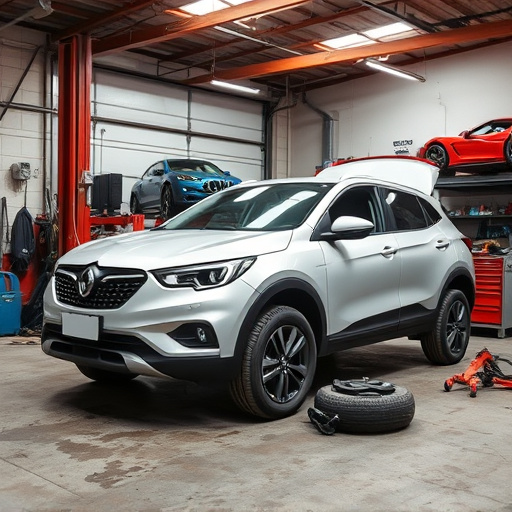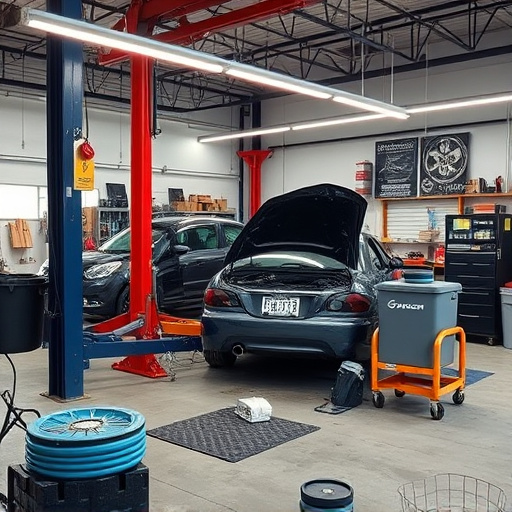Spot welding equipment is a versatile tool for precise and efficient metal joining in auto repair, featuring digital controls for customizable settings. It simplifies car paint repairs and is ideal for various applications, from frame straightening to body panel assembly, ensuring seamless aesthetics and structural integrity. While effective for specific tasks, it has limitations for complex structures requiring advanced alignment techniques.
Spot welding equipment is a versatile tool for auto repair, offering precise and efficient joining of metal parts. This article guides you through the essentials of spot welding equipment and its applications in common automotive repairs. From understanding the basics to exploring advantages and limitations, learn when to use spot welders for seamless, high-quality results. Discover how this technology revolutionizes auto body work and ensures lasting strength.
- Understanding Spot Welding Equipment Basics
- Common Auto Repair Applications for Spot Welders
- Advantages and Limitations: When to Use Spot Welding
Understanding Spot Welding Equipment Basics
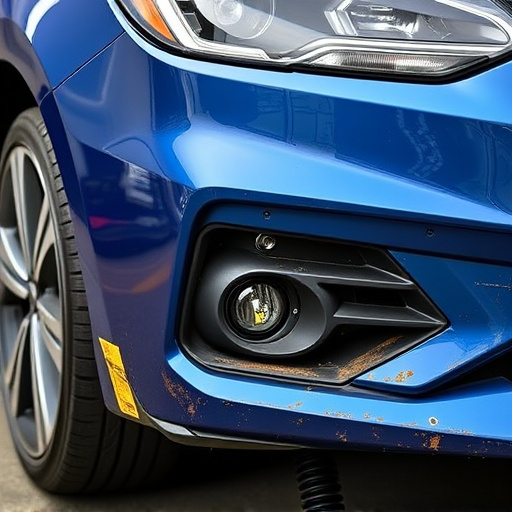
Spot welding equipment is a specialized toolset designed for precise and efficient metal joining, making it an indispensable asset in the realm of auto repair. This method involves using high-current electrical energy to melt and fuse two metal surfaces together, creating a strong and permanent bond. The process is both fast and clean, allowing for seamless car collision repair and luxury vehicle repair without the need for extensive welding techniques or messy filler materials.
Understanding spot welding equipment basics involves grasping the core components: the welder, electrodes, and power source. Modern spot welders often come equipped with digital controls, offering precise settings for current, voltage, and pulse duration. These features ensure consistent results during car paint repair, making it a game-changer when tackling intricate metalwork. Whether it’s for minor dents or major structural repairs, mastering spot welding equipment can significantly streamline the auto repair process.
Common Auto Repair Applications for Spot Welders
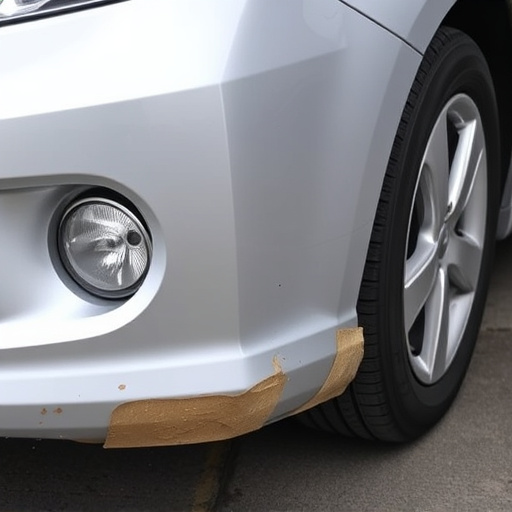
Spot welding equipment is a versatile tool widely used in various auto repair applications, offering precision and efficiency for both minor and major car restoration projects. For instance, it’s an invaluable asset in frame straightening, enabling technicians to quickly fuse metal components back into alignment after accidents or damage. This non-invasive technique leaves no visible weld marks, ensuring a seamless repair that maintains the car’s original aesthetics.
Beyond frame straightening, spot welding equipment is also commonly employed in everyday car repair services for tasks like assembling body panels, securing structural elements, and reinforcing joints. Its ability to create strong, localized bonds makes it particularly useful in enhancing vehicle stability and safety without the need for extensive metal fabrication techniques.
Advantages and Limitations: When to Use Spot Welding
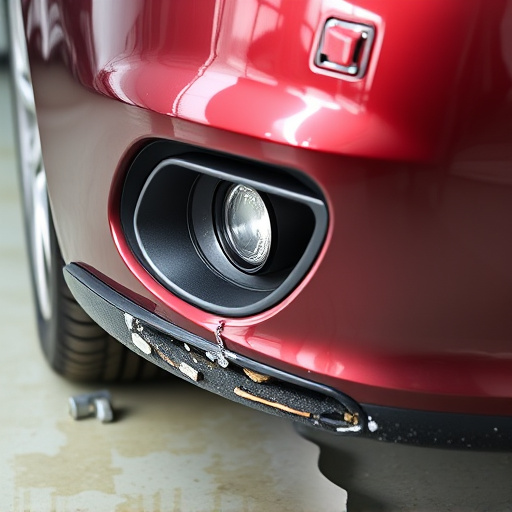
Spot welding equipment offers a range of advantages when it comes to auto repairs, particularly for seamless car body repair. It’s a highly precise and efficient method that allows for quick bonding of metal panels with minimal heat input. This not only reduces the risk of warping or damaging the surrounding areas but also ensures stronger welds, making it ideal for intricate Mercedes-Benz repair work where precision is key.
However, there are limitations to consider. Spot welding isn’t suitable for all types of repairs, especially those involving large or thick metal components. It requires specific equipment and skill sets, making it more specialized compared to other welding techniques. For simpler car repair services, alternative methods might be more cost-effective and time-efficient. But for complex structures demanding precise alignment and bonding, spot welding excels, providing a durable and professional finish in auto restoration projects.
Spot welding equipment is a valuable asset for auto repair shops, offering precise and efficient joint creation. By understanding its basics and various applications, technicians can seamlessly incorporate this method into their workflows. While spot welding has advantages like reduced material waste and faster repairs, it’s not without limitations—it’s best suited for specific tasks, such as small-scale metal projects or precision adjustments. When used appropriately, spot welding equipment ensures strong, durable bonds, making it an indispensable tool for modern auto repair practices.
